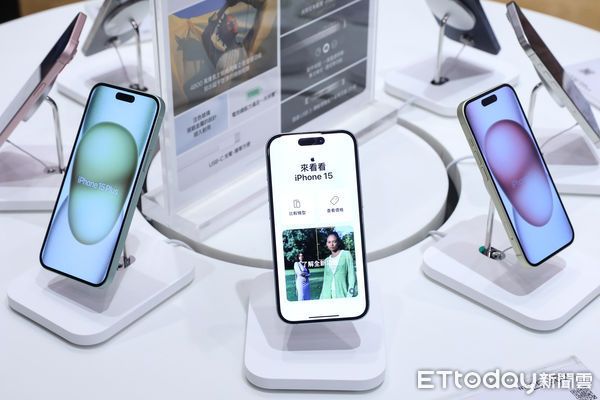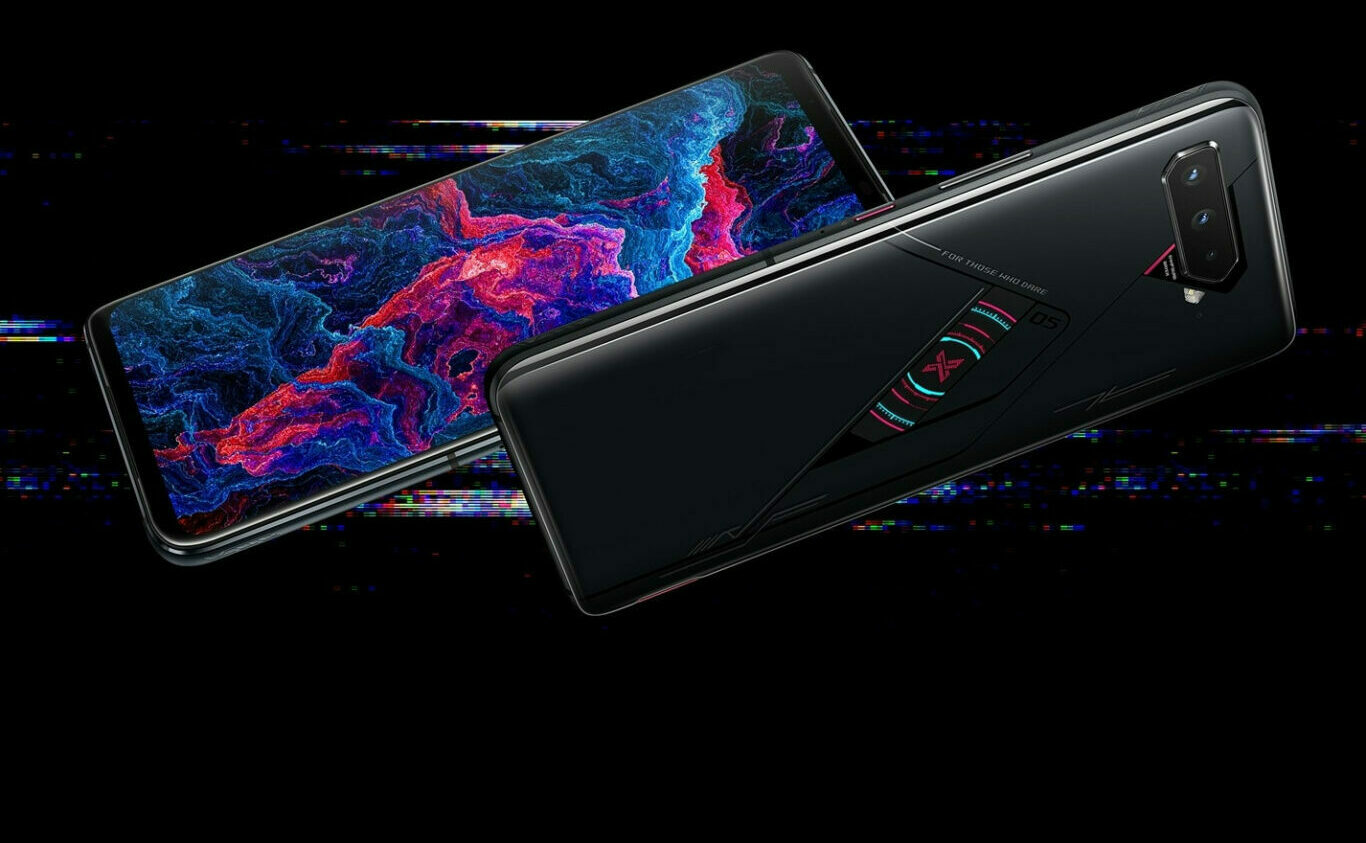彰化收購手機
Don’t buy the 彰化收購手機samsung Galaxy Fold. It’s almost strange to have to write those words explicitly because after everything that has happened with this phone / tablet hybrid, you’d like to think that everybody would know the score already. The review units that broke, the launch that was delayed, the newly fixed version, the sky-high price — all of it is well-known and well-documented. But 彰化收購手機samsung is selling the Fold, albeit in very limited quantities, as though it is perfectly normal and reasonable to stroll into an AT&T store and buy a fragile, experimental device for $1,980.
It’s not. But that doesn’t mean there aren’t interesting things to learn from looking at the Galaxy Fold — again. I’ve already reviewed the Galaxy Fold once in some depth, publishing it just before 彰化收購手機samsung canceled the original launch. I won’t go into as much detail here as I did then because less has changed than you might expect. Six months later, and it is awkwardly crammed into my pocket once again, fixed up to make it less likely to be destroyed by random debris.
And no, this one hasn’t broken, even after a few weeks of regular use.
The Galaxy Fold is a science experiment, just one that you could theoretically buy. The purpose of any science experiment is to test a hypothesis. With the Fold, the hypothesis is that a flexible OLED screen could successfully turn into a consumer product. From that perspective, the experiment is a success because I can confirm that the hypothesis is false. Foldable screens aren’t ready yet.
But there’s another hypothesis 彰化收購手機samsung has — perhaps inadvertently — proposed: a phone that’s bigger on the inside is actually a good idea.
As we have reported before, 彰化收購手機samsung has made fairly minor tweaks to the hardware in an effort to prevent damage to the delicate screen. The most important is that it extended the factory-installed screen protector out to the edges so it’s covered by the plastic bezels and won’t tempt anybody to peel it off.
While that change might protect against users doing the wrong thing, it doesn’t do much more than that. The plastic is still really soft and can easily get dinged up. My unit has some visible indentations from when I scrolled too quickly without realizing my fingernail was pressing on the screen. 彰化收購手機samsung’s new unboxing experience includes an optional concierge to walk you through the many, many warnings that now come in the box. Among those warnings is to keep fingernails away from the screen. Whoops.
There’s no shortage of warnings now in the Galaxy Fold’s box
彰化收購手機samsung’s other hardware changes involve keeping debris from getting into the hinge mechanism. There are plastic caps where the screen bends, tighter tolerances in the gaps around the hinge, and even the gap when the whole thing is closed is smaller now. Plus, if any debris does get into the hinge (which is what happened to my first review unit), there’s a metal layer between it and the screen.
Is all that enough? I don’t know. Nobody knows. People have definitely busted Galaxy Fold units since the rerelease. I didn’t bust mine in the few weeks that I had it, but I was also terrified that I would if I wasn’t careful. I didn’t go live in a bubble like Joanna Stern at The Wall Street Journal did, but I treated the thing tenderly and carefully — more so than anybody should have to with a phone, even one that costs $2,000.
彰化收購手機samsung is offering a one-time screen replacement within the first year for $150. That’s nice, I guess, but at this point, the only people buying the Fold are going to be the kinds of 彰化收購手機samsung super-fans that are surely worth more than $150 to the company.
Anyway, the reality is that, as it exists in the Galaxy Fold, the flexible screen is going to be delicate, and you are going to need to treat it delicately. Using it will impinge on your life in ways a more durable phone — or even carrying both a phone and a tablet — won’t.
So far as I can tell, the only software change of note on the Galaxy Fold is that 彰化收購手機samsung mapped the Bixby assistant to the power button instead of the (still oddly separate) fingerprint sensor. Everything else is the same.
That’s mostly bad news, but it’s mostly not 彰化收購手機samsung’s fault. Android still suffers from an identity crisis any time it’s on a screen larger than seven inches. Many apps stay open when you switch from the small screen to the big, but just as many don’t. Some apps look nice both expanded up on the big screen and work reasonably well on the tiny front screen; many more do not.
彰化收購手機samsung can’t solve all of those problems, but I do wish it had tried to iterate more on the multi-window setup. You can technically tile three apps on the screen and have pop-over app windows on top of them if you like. But in practice, using anything more than basic split-screen is a huge hassle. That’s not a problem in and of itself; only power users could possibly want more than two apps visible on the Fold’s 7.3-inch screen.
But even just split-screening apps on the Fold feels awkward and jittery compared to the multi-window options on the iPad (and forget about comparing any of this to Windows). iPadOS’ Slide Over just feels much more natural, and the animations are much smoother. Android as a platform has some way to go.
The other thing that hasn’t changed is how awkward the Fold is when it’s closed up. I didn’t expect this, but if the main thing that kept me from wanting to use the Fold wasn’t the fragile screen, it was how annoying it was to carry around. It’s too thick to comfortably fit in a pocket, and it’s too tall as well.
When I reviewed the Fold back in April, that awkwardness was kind of intriguing. It meant that I used the phone less because I wouldn’t want to bother with the tiny screen. When I did unfold it and really use it, I was much more engaged. It turned the Fold into a device I actively chose to use instead of a device that invisibly stole my time by tempting me to scroll through social media all day.
I still feel that way about the Fold, but it goes too far. I do want a good screen that I can hold in one hand on the subway. It might cause me to lose an hour to Twitter, but that’s on me.
The Galaxy Fold forces you to make too many compromises. You have to compromise on durability, on having a phone you can fit in your pocket, and, most of all, on price. All of those compromises exist solely to get you the flexible screen, which is itself compromised because it still has that crease down the middle.
This got me thinking: what if instead of a crease down the middle, the screen was just split? You’d lose having a seamless canvas across which to splay a window, but you’d theoretically be getting rid of all those other compromises. A split-screen phone could be thinner, have a more pocketable shape, be more durable, and be cheaper.
There have been split-screen phones in the past, and there are even some coming out right now. The LG G8X is one example. If the software was good (by which I mean supported at the Android platform level), a dual-screen device could get you a lot of the benefits of the Galaxy Fold with fewer of the problems. You’d miss out on the futurism, but you’d get something more usable.
A phone that’s bigger on the inside is still a good idea, but nobody’s figured out how to do it yet
That seems to be the thinking behind Microsoft’s Surface Duo, but that won’t be available for another year. That’s probably for the best since I suspect it’ll take that long for Android and app developers to get ready.
The day before I published this review, 彰化收購手機samsung teased another folding phone, this time with a vertical form factor like the clamshell phones of old. There’s no timetable for releasing it, but here’s my advice: wait until the screen can be made of glass or some other more durable material.
As for the Galaxy Fold, don’t buy one. But you should go to a store and play with one. As an experience, there’s a there there, if you know what I mean, even though the screen technology and software clearly aren’t there yet.
Vox Media has affiliate partnerships. These do not influence editorial content, though Vox Media may earn commissions for products purchased via affiliate links. For more information, see our ethics policy.
The Verge on YouTube /
Exclusive first looks at new tech, reviews, and shows like Processor with Dieter Bohn.

▲iPhone 15。(圖/記者李毓康攝)
記者廖婕妤/台北報導
農曆春節即將到來,不少人會趁機換新手機,各大通路也紛紛祭出優惠,其中去年9月新推出的iPhone 15系列呼聲最高,不過,也有民眾對價格仍有疑慮,或是不喜歡iOS系統,外媒也盤點9款可以替代iPhone 15的機型,供想換手機的民眾參考。
根據外媒《Androidauthority》報導,首先推薦的就是iPhone 14系列,價格當然是比iPhone 15便宜一些,且同樣可透過iOS 17更新得到同樣的軟體,即使已經上市1年多,但與iPhone 15或Android旗艦機相比也毫不遜色,是可以參考的好選擇。
其次推薦的是彰化收購手機samsung Galaxy 23系列,在Android手機裡算是最受歡迎的一款,無論是硬體規格、無線充電技術、螢幕、防水功能等,各方面表現都不差,也是值得考慮的選手。
另外,Google Pixel 8系列也上榜,雖然可能表現不是最出色,但在AI體驗上有許多特色功能,相機表現更可以與iPhone 15媲美,價格上又比iPhone 15更便宜,因此也可列入參考。
其他被點名的機型包括彰化收購手機samsung Galaxy Z Flip 5、彰化收購手機samsung Galaxy Z Fold 5、Sony Xperia 1V、Sony Xperia 5V,以及Google Pixel 7a和iPhone SE 2022都是很不錯的替代品選擇。
彰化收購手機 彰化收購手機
